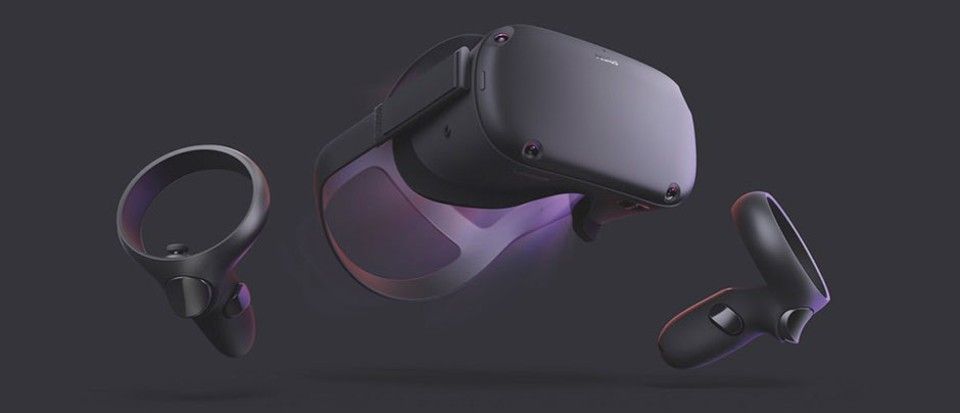A glove focused on user experience in interacting with virtual objects is in the news. This virtual reality glove is the topic of a research article. The researchers described their virtual reality glove in detail in their paper, “Pneumatic actuator and flexible piezoelectric sensor for soft virtual reality glove system,” in Scientific Reports.
No, this is hardly the first instance of researchers able to reproduce texture but this attempt is noteworthy. As pointed out in natureasia.com, the glove system in this instance is one that allows the wearer to manipulate a virtual hand, pick up an object in virtual reality and feel its shape.
Bill Andrews took to the D-brief blog on Discover to examine the glove’s characteristics— of sensors and actuators. The Korean team designed it as a glove to manipulate a virtual hand inside a digital realm, said Andrews.




